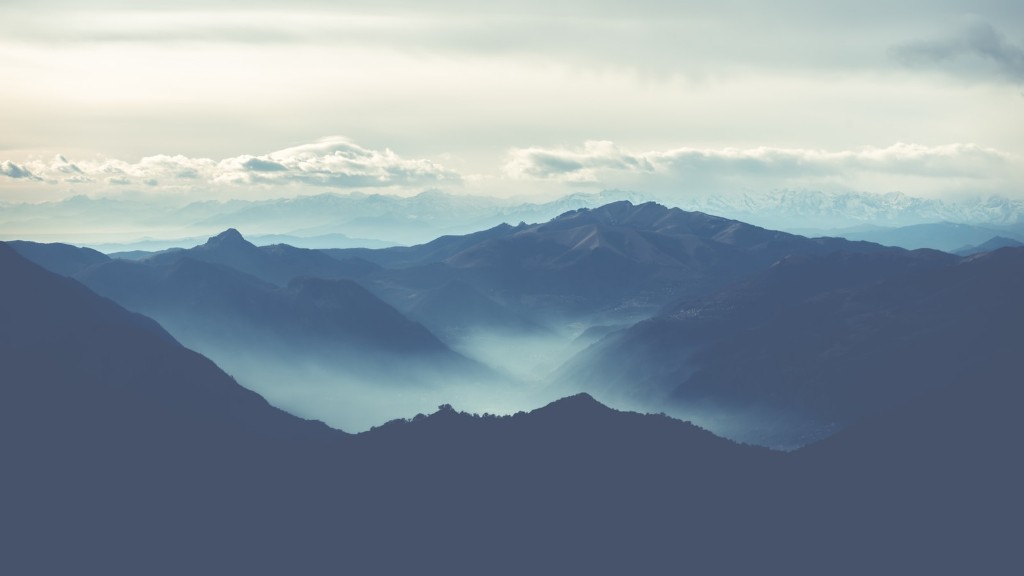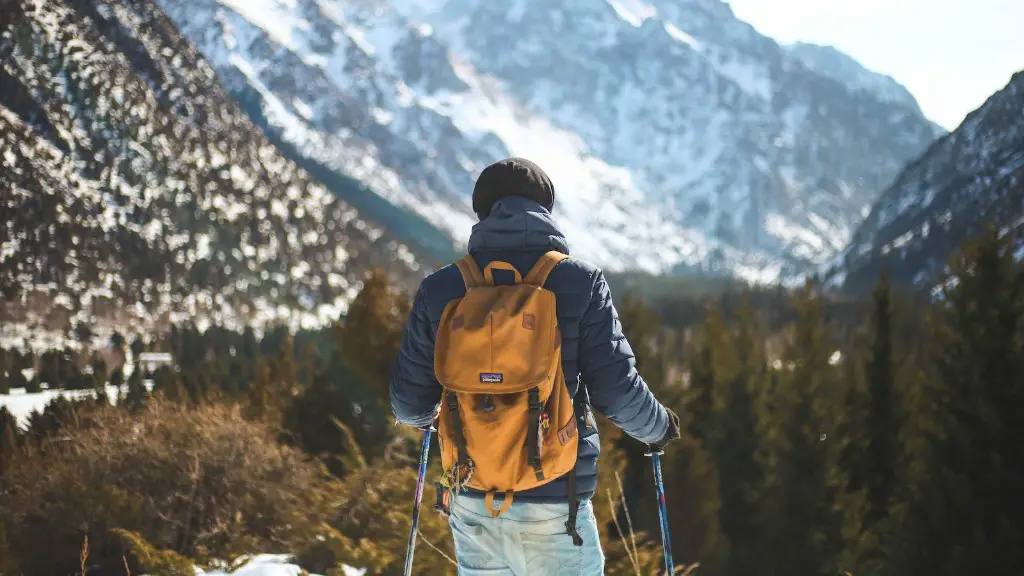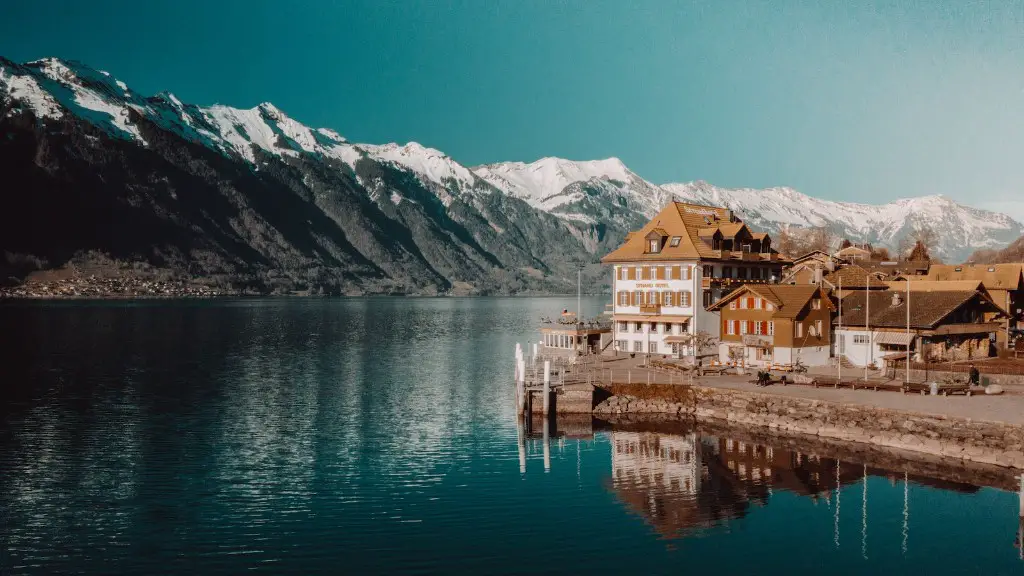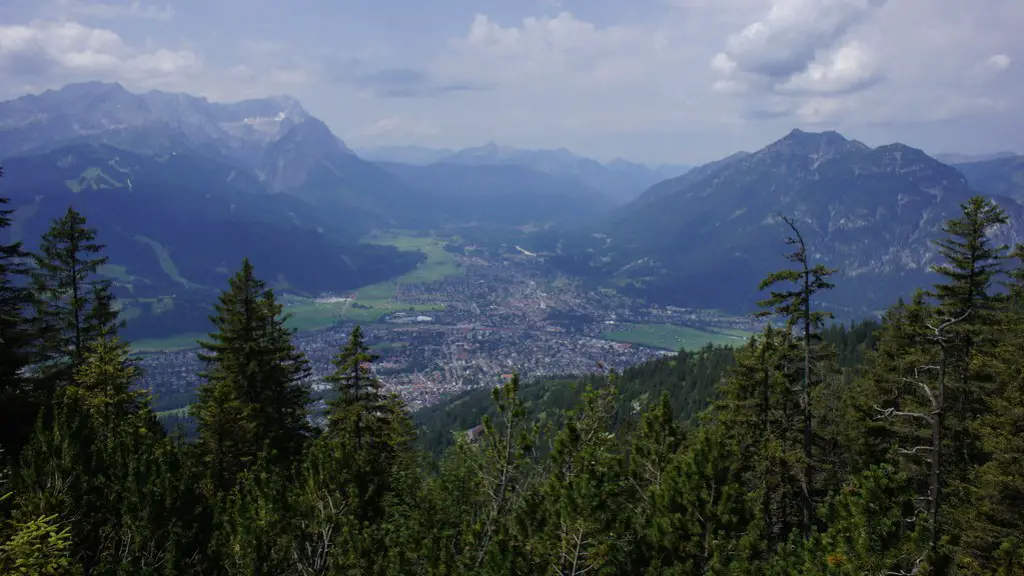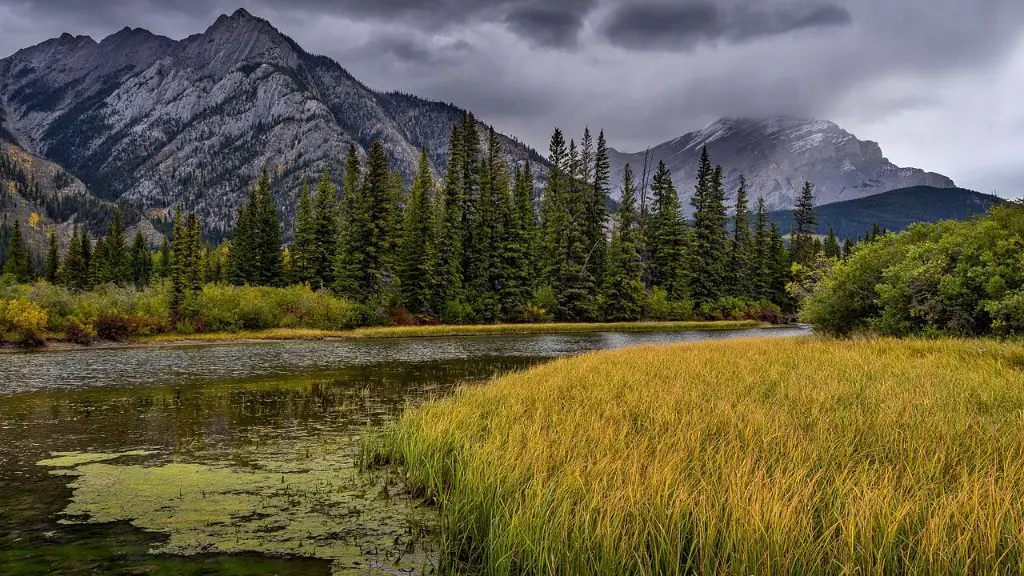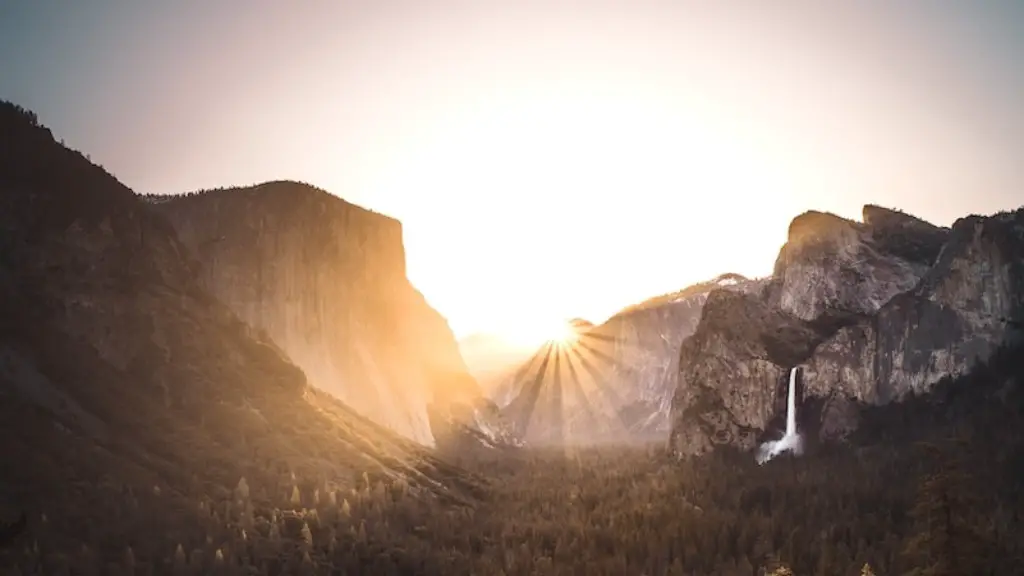The climate of Mount Kilimanjaro is determined largely by its location and height. Mount Kilimanjaro is located near the equator, but its height causes it to have a much cooler climate than the surrounding lowlands. The higher altitude also causes the atmosphere to be thinner, resulting in less rainfall.
There are two main ways in which latitude affects climate: temperature and amount of sunlight.
The lower the latitude, the warmer the climate. This is because the sun’s rays hit the earth more directly at lower latitudes.
The higher the latitude, the more hours of daylight there are. This is because the earth’s tilt means that the sun is in the sky for longer at higher latitudes.
What factor is affecting the climate in Mount Kilimanjaro?
The temperatures on Mount Kilimanjaro can vary depending on the altitude and time of day. However, the mountain is generally closer to the equator, which means that the temperature changes from season to season are not as drastic as they might be in other places.
The glaciers on Mount Kilimanjaro have shrunk by a dramatic 82% since the first survey of the summit in 1912. Even since 1989, when there were 33 square kilometers of ice, there has been a decline of 33%. Experts believe that at this rate, Kilimanjaro will be completely ice-free within the next decade or two. This is a concerning development, as the glaciers on Kilimanjaro are a major source of water for the surrounding region. If they disappear, it could have a devastating impact on the local ecosystem and economy.
What type of climate does Mount Kilimanjaro have
The climate on Mount Kilimanjaro is pretty cool and temperate overall. However, as hikers climb up from the base of the mountain to the peak, they’ll pass through five different climate zones, each with its own unique weather conditions. So, at the summit, hikers can expect to experience a wide range of temperatures and conditions, from the warm and humid lowlands to the cold and windy summit!
The wind chill factor is a big factor that drives the temperature at the top of Mount Kilimanjaro. The wind chill can make a relatively cold night, like -2 degrees Celsius (28 degrees Fahrenheit), feel like -15 degrees Celsius (5 degrees Fahrenheit).
Why Mount Kilimanjaro is covered with snow even though it is situated at the equator?
The main reason why Mount Kilimanjaro’s summit is snow-capped and covered with ice at the top is owing to the fact that it is located at a high elevation. The highest point of the mountain is 19,341 feet above sea level, which is significantly higher than most other mountains. This high elevation causes the air to be much colder than at lower elevations, and the colder air causes the snow and ice to accumulate on the summit.
Kilimanjaro is located close to the Equator but its peaks remain covered with snow throughout the year because of its high elevation. It is located at the height of 5,895 meters and we know that the temperature decreases with an increase in height. Hence, its peak has considerably lower mean temperature and rainfall.
In what way might climate change affect Mount Kilimanjaro quizlet?
Mount Kilimanjaro is one of the world’s most iconic mountains, and it’s also one of the most threatened by climate change. The mountain’s glaciers are already melting away, and they could be completely gone within the next 20 years. This would be a devastating loss not only for the mountain itself, but also for the many people who rely on it for their livelihoods. Climate change is already impacting Mount Kilimanjaro, and unless we take action to mitigate it, the impacts are only going to get worse.
The human population on Kilimanjaro has increased dramatically since 1911, from 100,000 to over 12 million. This has resulted in an enormous loss of natural vegetation, and Kilimanjaro is becoming an ecological island, isolated and surrounded by agriculture. Over this period it has lost 50% of its forest cover. This is a serious problem, as the loss of forest cover will lead to a loss of biodiversity, and the mountain will become increasingly vulnerable to erosion and climate change.
Which tectonic plate caused Mount Kilimanjaro
Mount Kilimanjaro is an inactive volcano in Tanzania. It is the highest mountain in Africa and one of the Seven Summits. The mountain is part of the EAR, which is a ‘Y’ shaped active continental rift system. The rifting on the EAR began in the Miocene around 22-25 million years ago and continues today.
As you climb Mount Kilimanjaro from the base to Uhuru Peak, you will come across diverse weather conditions, landscapes, and temperatures. The gap of elevation between the base of the mountain and the summit is so huge that it is possible to segment the mountain into five climate zones.
The lower elevations up to 3,000 meters (9,843 feet) are considered the first zone and have a tropical climate. The second zone spanning from 3,000 to 4,000 meters (9,843 to 13,123 feet) has a subtropical climate with chilly nights.
Above 4,000 meters (13,123 feet) is the third zone which has an alpine climate. Here, the temperature is cold with very strong winds. The fourth zone reaching up to 5,000 meters (16,404 feet) is an arctic climate where it is constantly cold and icy.
The fifth and final zone is the summit zone which has a polar climate. Here, the temperature is always below freezing and the wind is incredibly strong.
Climbing Mount Kilimanjaro is an amazing experience that will take you through all of these different climate zones. Be prepared for the varied conditions and enjoy the journey
What are the 4 main climate zones in Africa?
It is important to note that the climate zones of Sub-Saharan Africa vary greatly, from desert to tropical forests. This can make it difficult for boats to travel from the coast to the interior of the continent. The Sahel, for example, is a semi-arid zone that experiences very little rainfall. This makes it difficult for boats to navigate through the region.
The mountain has five main vegetation zones from the lowest to the highest point: Lower slopes, montane forest, heath and moorland, alpine desert and summit. The whole mountain including the montane forest belt is very rich in species, in particular mammals, many of them endangered species.
Why does it get colder towards the top of the mountain
The thinning of the atmosphere with increasing altitude is due to two main factors: the decrease in atmospheric pressure and the reduction in the number of atmospheric molecules. The decrease in atmospheric pressure is caused by the weight of the air above. The reduction in the number of atmospheric molecules is caused by the lower temperatures at high altitudes, which allow the molecules to escape into space. In addition, the heating of the earth itself plays a role in the thinning of the atmosphere. The sun heats the earth’s surface, which in turn heats the air above it. The hot air rises, taking with it fewer molecules of air, which results in a thinner atmosphere at high altitudes.
At higher altitudes, the air is typically colder. This is because in the bottom ten or so miles of the atmosphere, air mixes vertically–cold air sinks, and hot air rises. As a result, cold air is more likely to be found at higher altitudes.
Why is the ice melting on Kilimanjaro?
Scientists have found that the snow on Kilimanjaro quickly melts because of the warm temperatures. This forms a continuous cycle of underground water that flows down the mountain to the park. This is an important discovery as it helps to keep the park supplied with fresh water.
Latitude is one of the most important climatic controls because it determines the amount of solar radiation that reaches the Earth’s surface. The higher the latitude, the less radiation is received, which can affect the climate.
Final Words
The climate of Mount Kilimanjaro is affected by its latitude. The mountain is located near the equator, which means that it experiences a lot of sunlight. This results in the mountain having a warm climate. However, the high altitude of Mount Kilimanjaro means that it also experiences cooler temperatures than other areas at the same latitude.
The climate of Mount Kilimanjaro is affected by latitude because it is located near the equator. The equator receives more direct sunlight than the poles, which results in higher temperatures. The higher temperatures cause more evaporation, which leads to more precipitation.
